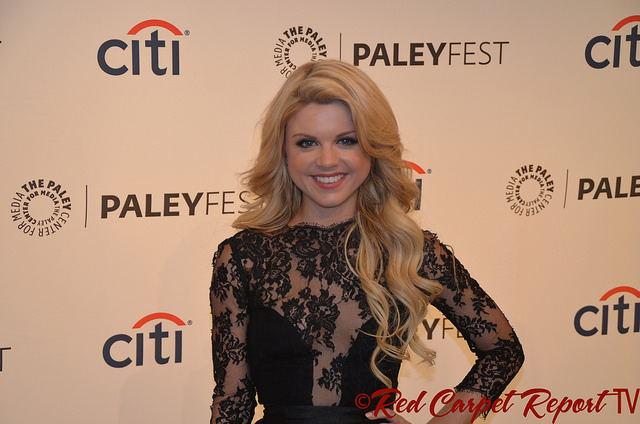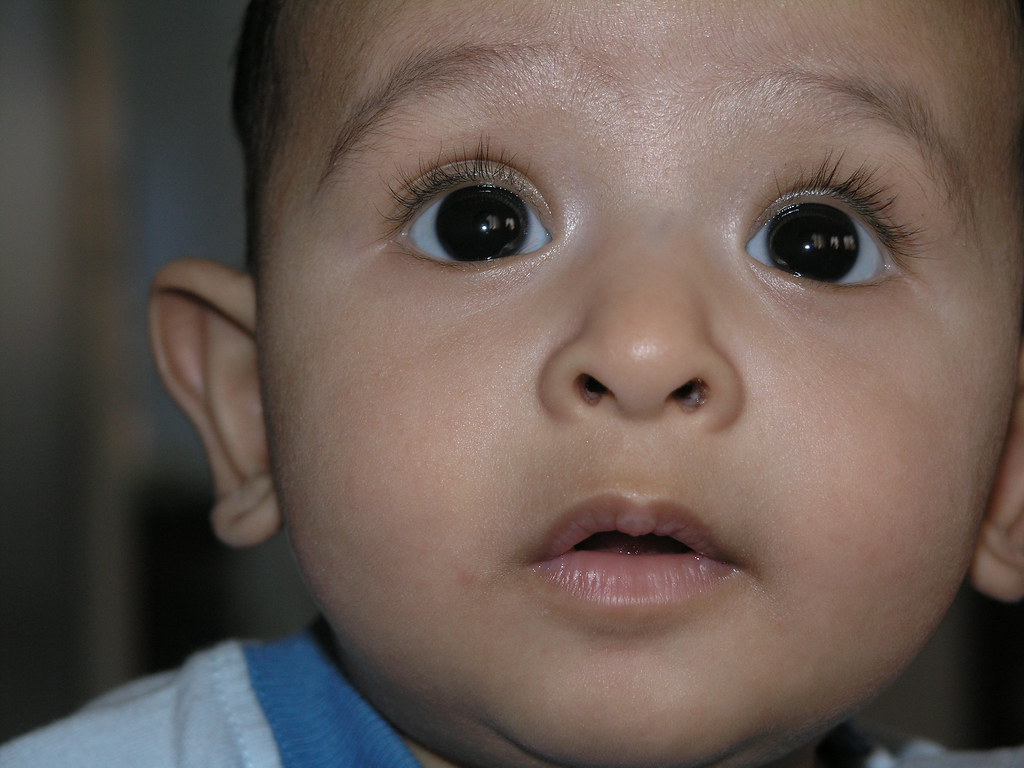Last summer at CONvergence/SkepchickCon, I attended a break out session called “Not Men or Women: Everyone Else in Fiction.” The panel members explored the gender binary and ways to incorporate these types of characters mostly into fiction writing. Being intersexed, I was enthused to attend this panel to learn more about the subject. What I found was a room full of people interested in using characters in their writing that fell out to the gender norm and they wanted to do it right. Little did I know that in the months to come there would be more use and awareness of intersexed characters in the media.
The first major news was that the MTV network introduced one of the characters in their teen drama
Faking It as being born with Complete Androgen Insensitivity Syndrome (CAIS). The exciting thing for the intersexed community was that MTV approached Kimberly Zieselman for consultation on the show, who is the executive director of Advocates for Informed Choice (AIC)—a legal advocacy group for those with differences of sexual development. They also collaborated with some of the youth who work with AIC to do educational pieces in social media to explain what Intersex was after started introducing it on the show. The producers of
Faking It wanted to develop this part of the character right. They collaborated with Kimberly to learn what it was actually like to be born with CAIS, and how it affects our lives.
I have been watching
Faking It (mostly on Hulu, as I get behind on my shows) and would highly recommend it. This is the second season of the show, so I was a bit unsure about hopping into a teen drama on MTV, since, obviously, I am not the target demographic. The premise of the show is that two teen girls (Karma and Amy, who are best friends), went along with an assumption they were a lesbian couple because it helped them gain popularity and social status in their school. It wasn’t long before the truth came out, but Amy ended up questioning her sexuality and remained in love with her best friend, Karma. The more I watched it, the more I gave them credit for putting gender issues out there, despite some of the dramatic quirks in the plot.

Bailey De Young, Plays Intersex character, Lauren, on MTV’s show
Faking It (
source)
Early this fall, I was able to get an advanced copy of a book called
Male, Female, or None of the Above, written by I.W. Gregorio, who is a practicing surgeon in urology. During her residency, she encountered a young woman who was intersexed. This encounter inspired Gregorio to write her book and become a part of a movement to create more diverse books.
The main character in the book is an 18-year-old high school student named Kristen who learned she was intersexed after attempting to have sex with her boyfriend. Her life unraveled in the worst way after she confided her diagnosis to her closest friends, something many of us who are intersexed fear would happen after outing ourselves. She as bullied by peers at school, her boyfriend dumped her, and it was clear most people in her life didn’t understand what being intersex was. She makes some rash decisions about social situations and medical care, which she has to learn to cope with.

Used with permission from the author (
source)
When I was learning about my diagnosis, I would have loved to have a book like this to read to help normalize my feelings and situation even if I did not encounter the same situations. One of the recurring themes in the book was that Kristen would always describe herself as a hermaphrodite when she was trying to describe her condition to her peers. But for many in the intersex community, the term “hermaphrodite” has a negative connotation and we are attempting to move away from it. Despite that part, I still think the book has a great message, especially if you are curious what life is like for some people with intersexed conditions. It will be available to the general public in April 2015.
The last exposure of intersex in the media occurred when Taylor Lianne Chandler publically announced her alleged relationship with Olympic gold medalist, Michael Phelps. Taylor also made it known she was born intersexed. She had her fair share of supporters, but she fell under attack because of the lack of proof of her relationship with Michael Phelps and the sensationalization behind her story. There was major skepticism about whether Taylor was actually telling the truth about having a relationship with Phelps or if she was doing it to increase a media buzz for herself, but then people also tied that skepticism about her relationship to believing that she was not intersex but rather transgendered. Since there is still ignorance in our society of what intersex means, Taylor was subjected to a harsh backlash directed to her because of how she was born.

There have been no photographs released of Chandler and Phelps together (
source)
Taylor’s publicity made many people in the intersex community uncomfortable because of her approach. But it also started a conversation about how the intersex and transgender communities need to increase support of each other since we are both dealing with sensitive and common issues. Sometimes people confuse the two because being born biologically between the sexes, and being born male or female and desire to transition to the opposite sex.
These three occurrences of intersex in the media in 2014 demonstrate how there has been an increase of awareness of intersex conditions in our society. In many ways it is great to have the general public know more about intersex conditions, but not without some growing pains. The media presence, especially the story about Taylor Chandler, made some people in our community uncomfortable because of how it was demonstrated or sensationalized. We cannot control all aspects of the media, but we can control our actions to it and use it for opportunities to increase education for what intersex really means. If you are also one of those authors who are considering integrating intersex characters into your writing, I would encourage you to do so. I would also encourage you to first do your homework to understand what it means to identify as intersex.







